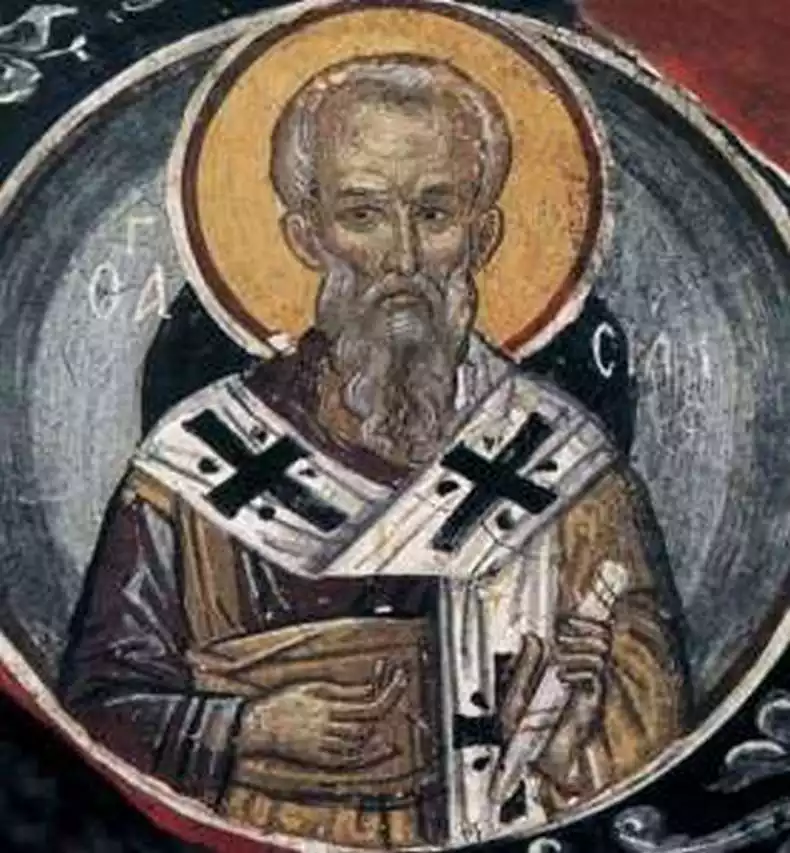
Saint Silas, a prominent figure in the early Christian community, is best known for his association with Paul the Apostle. Although the exact dates of his birth and death are not definitively recorded in historical texts, Silas’s contributions to early Christianity are well-documented through the New Testament, particularly in the Acts of the Apostles and Paul’s epistles. Renowned for his role as a leader, Silas served as a bridge between Jewish and Gentile Christians, promoting unity and understanding within the nascent Church.
The Life and Mission of Silas
Silas emerges in the early Christian narrative as a leader of the Jerusalem Church. Chosen alongside Paul to deliver the Apostolic Decree to Antioch, he played a crucial role in the dissemination of early Christian teachings. His journey with Paul on the Second Missionary Journey, as described in the Acts of the Apostles, underscores his commitment to spreading the Gospel. This expedition, fraught with challenges and triumphs, illuminated Silas’s resilience and unwavering faith.
A distinct aspect of Silas’s ministry was his ability to navigate the diverse cultural landscapes of the early Christian world. Fluent in both Jewish traditions and Hellenistic culture, he effectively communicated the teachings of Jesus to varied audiences. His partnership with Paul is particularly noteworthy; together, they endured imprisonment in Philippi, a testament to their dedication and the strength of their faith.
Furthermore, Silas’s contributions extend to his probable role in the composition of some New Testament texts. He is thought to have been involved in the writing of several Pauline epistles, serving not only as a companion on journeys but also as a scribe or amanuensis. This involvement highlights his intellectual acumen and his pivotal role in shaping early Christian literature.
Silas’s legacy in Christian history is characterized by his leadership, his role in the early Church’s expansion, and his collaborative efforts with Paul. Through his journey from Jerusalem to the broader Greco-Roman world, Silas exemplified the missionary spirit of early Christianity, bridging communities and fostering the growth of the faith across diverse regions.
Silas’s Influence on Early Christianity
Saint Silas’s impact on the early Christian Church extends beyond his missionary journeys with Paul. His role as a mediator in the Jerusalem Council, as recorded in Acts 15, was pivotal in addressing the contentious issue of Gentile conversion. His presence and input helped establish foundational doctrines that guided the Church through its formative years.
Silas’s influence is also reflected in his interactions with other early Christian leaders. His ability to collaborate effectively with figures like Peter and Timothy indicates his respected status within the Christian community. This collaborative spirit not only facilitated the spread of Christian teachings but also helped maintain doctrinal consistency across different regions.
Moreover, Saint Silas’s commitment to the Christian cause is evident in his willingness to endure hardships. His experiences, such as being imprisoned for his beliefs, underscore the challenges faced by early Christians and the perseverance required to overcome them. These trials, while difficult, also served to strengthen the resolve and faith of the early Christian community.
In conclusion, Saint Silas’s contributions to early Christianity were multifaceted, encompassing leadership, mediation, and missionary work. His collaboration with Paul and other leaders, his role in bridging Jewish and Gentile Christian communities, and his enduring commitment to his faith despite adversity, mark him as a significant figure in the early Church. His legacy continues to inspire Christians around the world, embodying the spirit of dedication and unity fundamental to Christian teachings.
Feast Day: July 13, July 30
Patron Saint: translators and missionaries
References
- Dunn, James D.G. “Unity and Diversity in the New Testament.” SCM Press, 2006.
- Hengel, Martin. “Paul Between Damascus and Antioch.” SCM Press, 1997.
- Johnson, Luke Timothy. “The Acts of the Apostles.” Liturgical Press, 1992.
- Stott, John R.W. “The Message of Acts.” InterVarsity Press, 1994.
